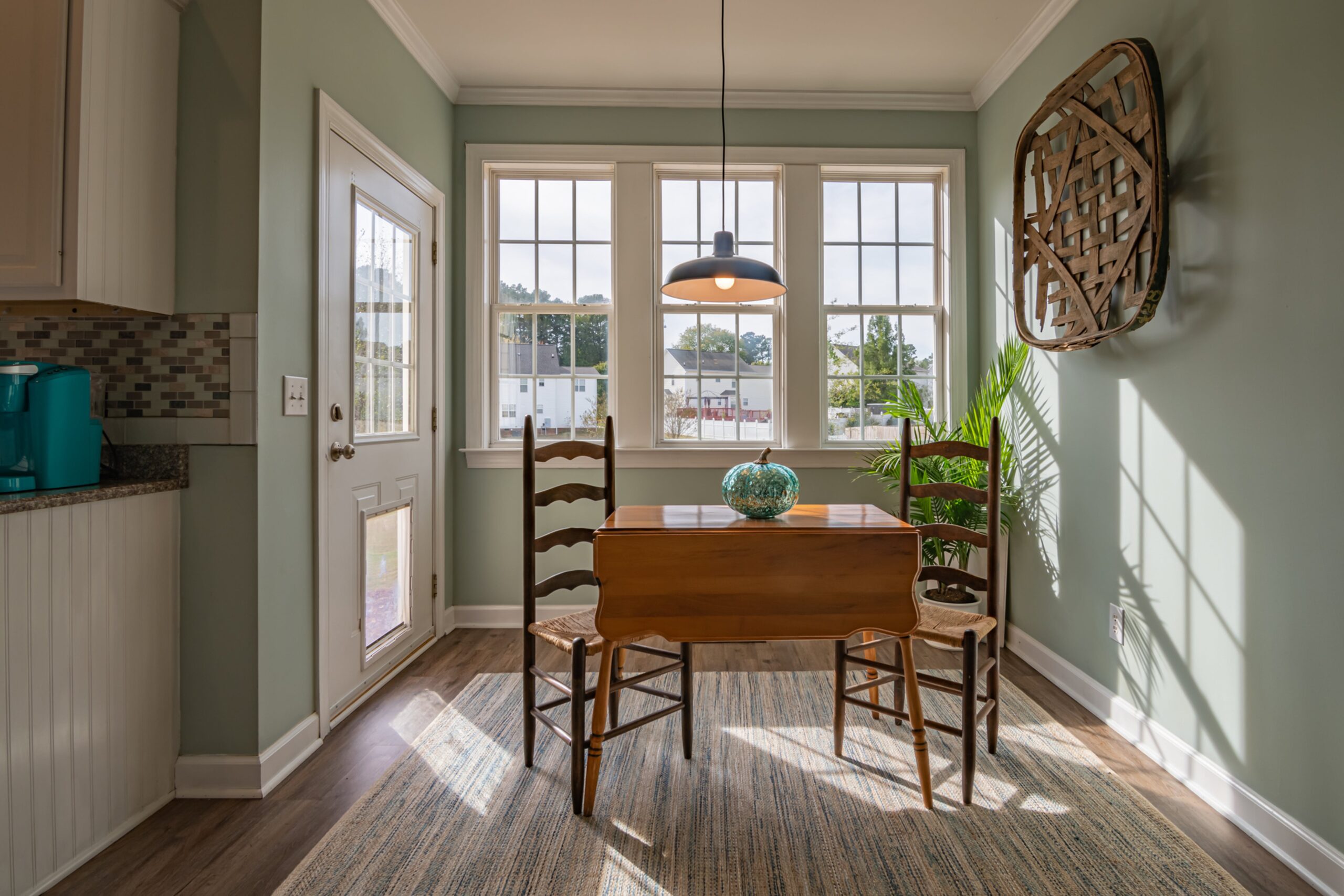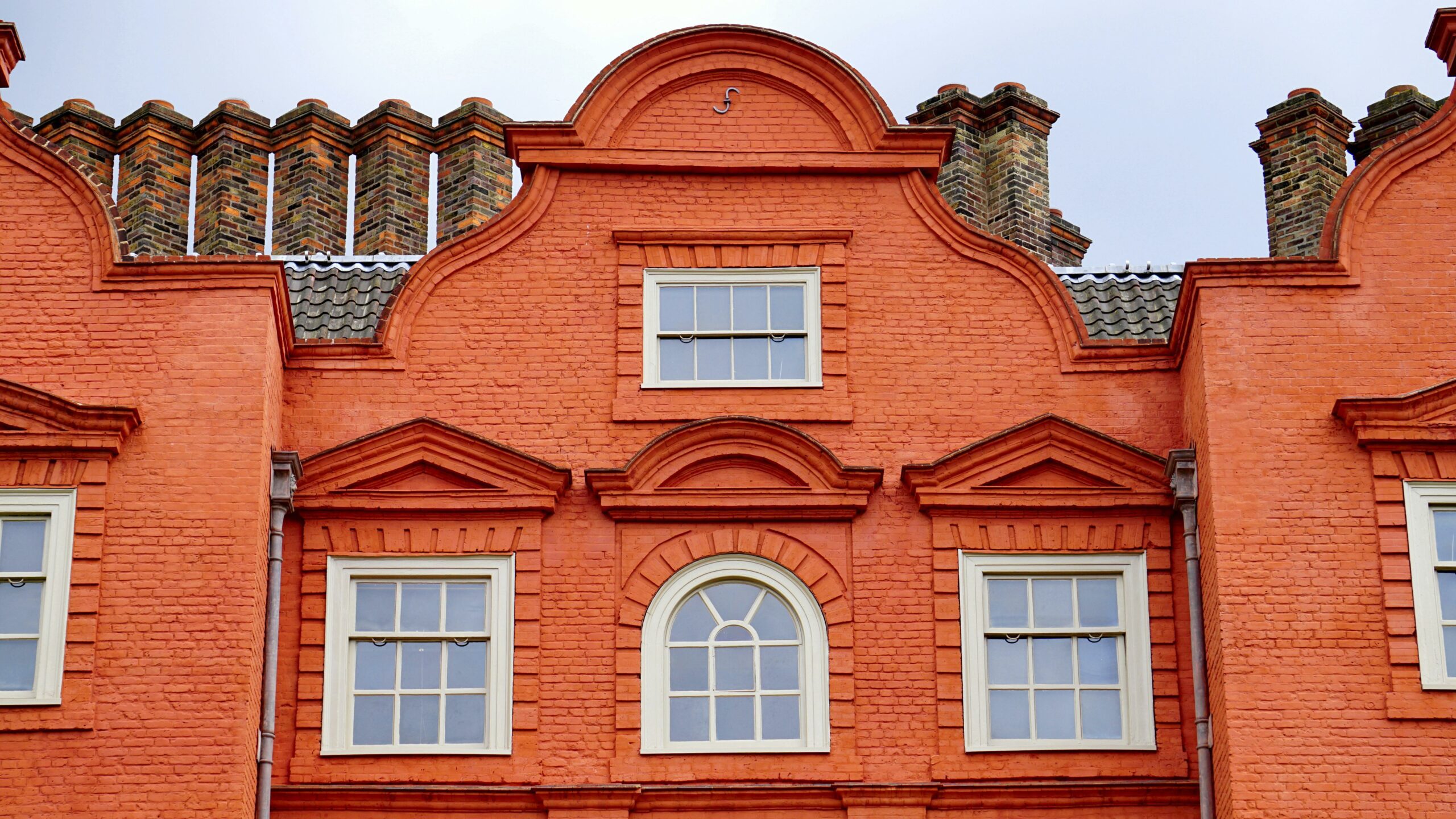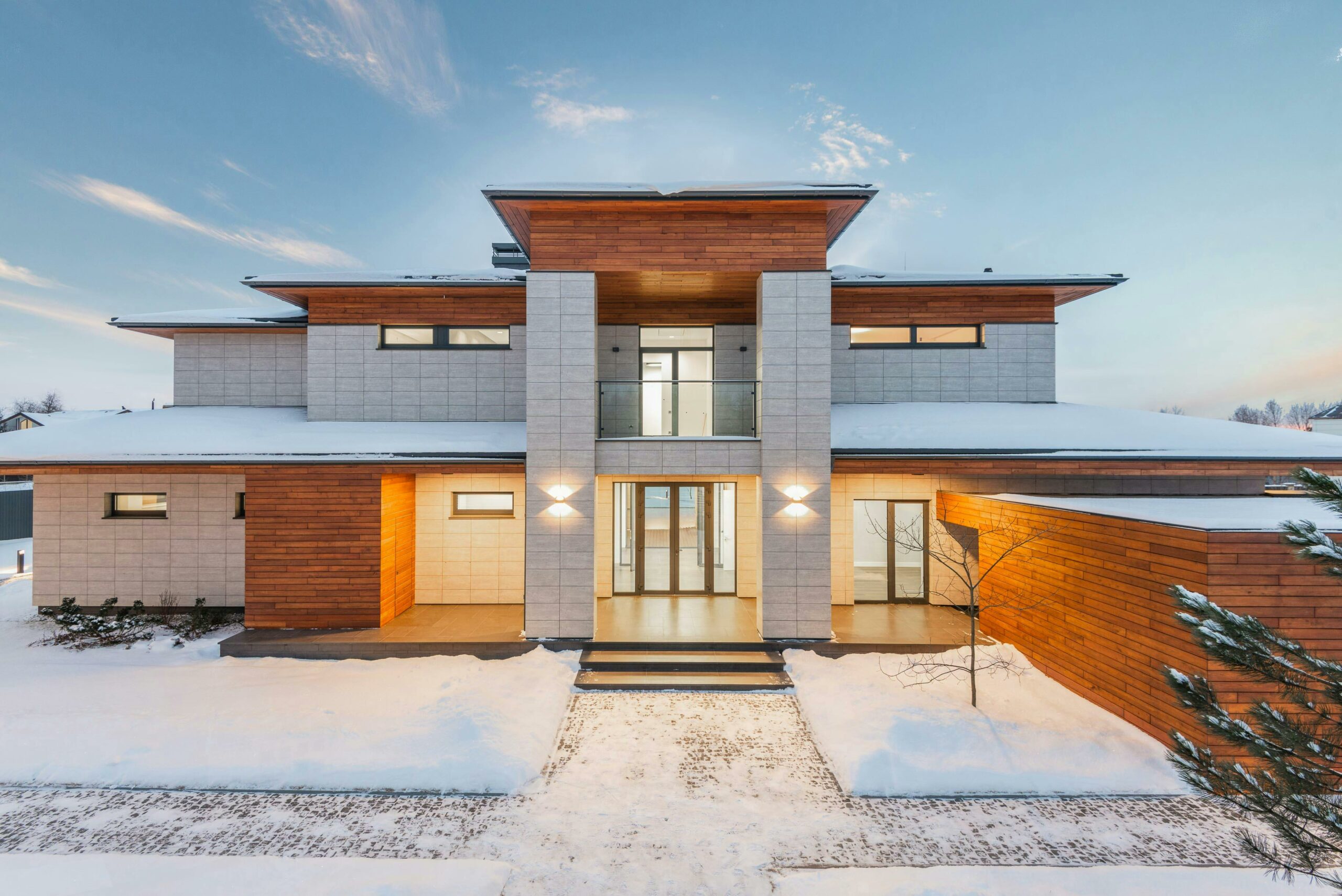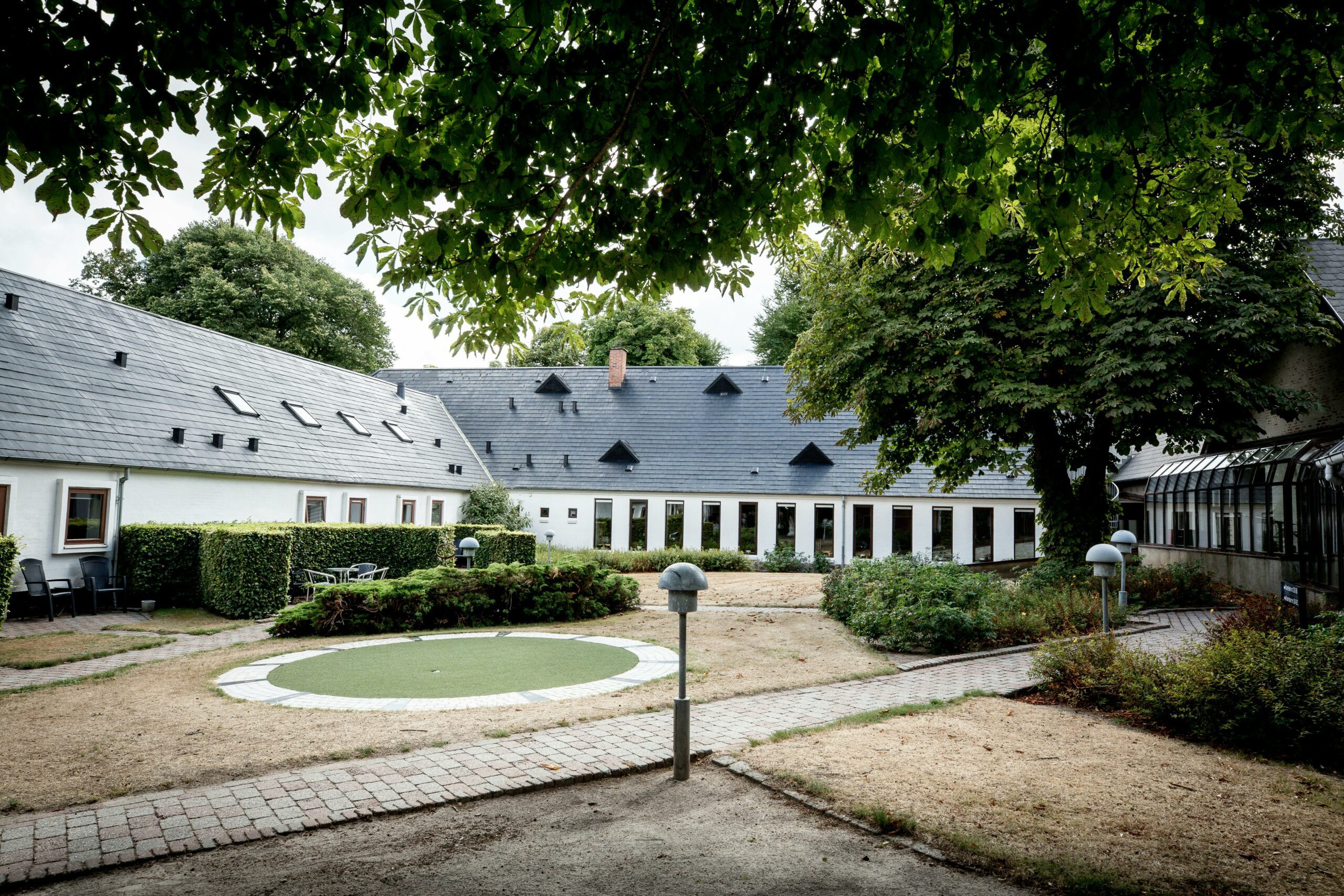Navigating the dynamic landscape of real estate investment, one often encounters a crossroads where two distinct paths diverge: the BRRRR method and property flipping.
The BRRRR strategy, an acronym for Buy, Rehab, Rent, Refinance, Repeat, offers a blueprint for cultivating a robust portfolio of rental properties, emphasizing long-term growth and steady income streams.
In contrast, property flipping embodies the essence of a swift and agile approach, where investors acquire properties, infuse them with new life through rapid renovations, and swiftly transition them back onto the market for a potentially lucrative profit.
This blog post ventures deep into the fabric of both strategies, dissecting their respective pros and cons. Our aim is to illuminate the intricacies of each approach, providing a beacon for investors as they chart a course towards their financial aspirations and investment goals.
Understanding BRRRR
The BRRRR method, revered by many investors for its potential to methodically build wealth, operates on a cyclical process that transforms underutilized properties into profitable assets. This strategy is broken down into five key steps:
Buy
The journey begins with the acquisition of a property. The ideal property is typically undervalued, often due to the need for repairs or updates, presenting an opportunity for value enhancement through rehabilitation.
Rehab
This stage involves refurbishing the property, not just to restore its condition but to optimize its appeal and functionality for potential tenants. The focus is on cost-effective renovations that enhance rental value.
Rent
Once the property is revitalized, it’s time to transition it into a revenue-generating asset by finding suitable tenants. This phase is critical as it starts the flow of rental income, which underpins the strategy’s long-term success.
Refinance
After the property’s value is uplifted by renovations and it achieves stable occupancy, the next move is to refinance. This process involves reassessing the property’s value and restructuring the mortgage, often leading to the extraction of equity that can be reinvested.
Repeat
The final step is where the ‘repeat’ element of BRRRR comes into play. The capital gained from refinancing is then reinvested into another property, replicating the process and progressively expanding the investment portfolio.
Take your real estate investing to new heights with Oambase, our advanced property investment analysis software. Streamline your deal analysis, access comprehensive market data, and make informed, profitable decisions with ease. Start your journey towards smarter investing today!
Pros of BRRRR
Long-Term Wealth Building
The heart of the BRRRR method lies in its capacity to foster a growing collection of income-generating properties. This approach not only offers a steady stream of passive income but also contributes to an upward trajectory in net worth over time.
Tax Advantages
Investing in rental properties opens the door to a range of tax benefits. These include deductions on mortgage interest, property taxes, operating expenses, and depreciation, all of which can significantly enhance the fiscal efficiency of the investments.
Equity Growth
A key advantage of BRRRR is the potential for equity accumulation. As the properties appreciate in value and as mortgage balances decrease over time, the investor’s equity in these assets escalates, bolstering their financial foundation and investment power.
Cons of BRRRR
Capital Intensive
One of the challenges of the BRRRR method lies in its upfront financial demands. The initial acquisition of a property, coupled with the subsequent costs of rehabilitation, can require a significant capital outlay. This necessitates a robust financial foundation or access to funding sources, which may not be feasible for all investors.
Property Management Challenges
The role of a landlord extends far beyond the realms of property acquisition and renovation. It encompasses an ongoing commitment to property management, which includes addressing tenant needs, conducting regular maintenance, and handling any emergent issues. This aspect of the strategy demands not only time and effort but also a certain level of expertise in handling tenant relations and property upkeep.
Refinancing Risks
The refinancing phase of BRRRR is subject to the whims of the broader real estate market. Market volatility can influence both the ease of obtaining refinancing and the value of the property post-renovation. Economic downturns, rising interest rates, or changes in lending practices can pose significant risks. If the market value of the property does not increase as anticipated or if refinancing terms become less favorable, the strategy’s effectiveness can be compromised. This uncertainty requires investors to be acutely aware of market trends and to have contingency plans in place.
Complexity and Learning Curve
The BRRRR method is multifaceted, involving real estate acquisition, renovation, tenant management, and financial restructuring. Each of these elements carries its own set of challenges and requires a certain level of expertise. For new investors, there is a significant learning curve, and the complexity of managing multiple aspects simultaneously can be daunting.
Learn more about the BRRRR method
Understanding Flipping
Flipping properties is akin to a high-speed chase in the world of real estate investing, where agility, strategic planning, and execution are key. The process can be distilled into three primary stages:
Purchase
The initial step involves identifying and acquiring a property with profit potential. This usually means finding a property priced below its potential market value, often due to needing repairs or modernization. The aim is to secure a property that, once renovated, can be sold at a significant markup.
Renovate
This phase is where speed and efficiency are paramount. The goal is to enhance the property’s value through strategic renovations. Successful flippers balance the art of maximizing aesthetic appeal and functionality with the science of minimizing renovation time and costs.
Sell
The final stage is about capitalizing on the property’s enhanced value. The renovated property is introduced to the market, aiming to sell at a price that exceeds the combined costs of acquisition, renovation, and holding. This step requires astute market timing and effective marketing strategies.
Pros of Flipping
Quick Profits
The allure of flipping lies in its potential for rapid financial gains. When executed adeptly, flipping can yield substantial returns in a relatively short timeframe, making it an attractive option for those seeking quick financial wins.
Hands-On Experience
Flipping offers a hands-on education in various aspects of real estate, including market analysis, renovation planning, and sales tactics. This experience is invaluable, providing skills and insights that can benefit future real estate ventures.
Less Market Exposure
The quick turnaround associated with flipping means reduced exposure to long-term market risks. Unlike long-term rental properties, which can be affected by fluctuations in the rental market or broader economic conditions over time, flipping typically navigates these risks through its short-term nature.
Cons of Flipping
Market Dependency
The flipping game is intricately tied to the ebbs and flows of the real estate market. Profits hinge on the ability to sell renovated properties at a higher price, which is greatly influenced by market conditions. A market downturn, unexpected shifts in buyer preferences, or an oversupply of properties can swiftly turn a potential profit into a financial challenge, highlighting the inherent riskiness of this strategy.
Unexpected Costs
The renovation phase is fraught with unpredictability. Even with meticulous planning, flippers often encounter unforeseen issues once the project is underway. These can range from structural problems to plumbing or electrical surprises, and each unforeseen issue can significantly inflate the budget. The skill in managing these unexpected costs lies in the ability to make quick, cost-effective decisions without compromising the property’s market appeal.
Time-Intensive Nature
Flipping is not a passive investment strategy. It demands an active, hands-on approach, involving everything from property hunting and deal negotiation to overseeing renovation work and marketing the property for sale. This process can be both physically and mentally taxing, requiring a significant investment of time, energy, and personal involvement. The time pressure is further accentuated by the need to sell quickly to avoid additional holding costs and to capitalize on favorable market conditions.
Risk of Overcapitalization
There’s a fine line in flipping between enhancing a property’s value and overcapitalizing on renovations. Investing too much in renovations can lead to difficulties in recouping the investment upon sale, especially if the improvements exceed the expectations of the local property market.
Skill and Experience Required
Successful flipping is more than just buying, renovating, and selling. It requires a deep understanding of real estate markets, renovation costs, and consumer trends. Newcomers to flipping often face a steep learning curve, and mistakes made due to inexperience can be costly.
Conclusion
Both the BRRRR method and property flipping emerge as distinct yet equally compelling strategies, each with its unique rhythm and rewards.
BRRRR stands as a beacon for those who are drawn to the idea of cultivating a lasting legacy through long-term growth and the allure of passive income. It appeals to the patient investor, ready to navigate the complexities of property management and the nuances of market evolution over time.
Conversely, flipping is the domain of the dynamic, hands-on investor, who thrives on the adrenaline of quick turnarounds and the satisfaction of transforming undervalued properties into profitable ventures. It suits those with an appetite for more immediate results and a readiness to engage intimately with every step of the investment process.
The decision between BRRRR and flipping is more than a mere choice of investment tactics; it is a reflection of an investor’s personal aspirations, resources, lifestyle, and risk appetite. It’s about aligning one’s investment strategy with one’s broader life goals and financial blueprint.
As we navigate these paths, it’s imperative to remember that real estate investing, irrespective of the strategy chosen, is not devoid of risk. It demands a commitment to continuous learning, an understanding of market dynamics, and an openness to seeking expert advice. Whether you’re considering dipping your toes into the realm of real estate or are poised to take a calculated leap, the key is to arm yourself with knowledge, seek guidance from experienced professionals, and embark on your investment journey with a blend of caution and confidence.
Resources
For additional resources on real estate investing, particularly focusing on the BRRRR method and flipping, here are some websites that you might find valuable:
Chase – BRRRR Method: What It Is & How Does It Work: This resource provides a detailed overview of the BRRRR method, including its steps and potential pros and cons. It’s useful for understanding the basics and complexities of this investment strategy.
We Lend LLC Blog – The BRRRR Method Versus Fix and Flip: Which is Better for You?: This blog post by We Lend LLC offers a comparative analysis of the BRRRR method and the fix and flip strategy in real estate investing. It aims to help investors understand which of these popular strategies aligns better with their investment goals and style, discussing the nuances, benefits, and challenges of each approach. A great read for those weighing their options in the real estate market.
Investopedia – How to Flip a House: This Investopedia article offers a comprehensive guide on house flipping, covering the essential aspects of this real estate investment strategy. It details the step-by-step process of flipping a house, including finding the right property, doing the necessary renovations, and selling for a profit.






